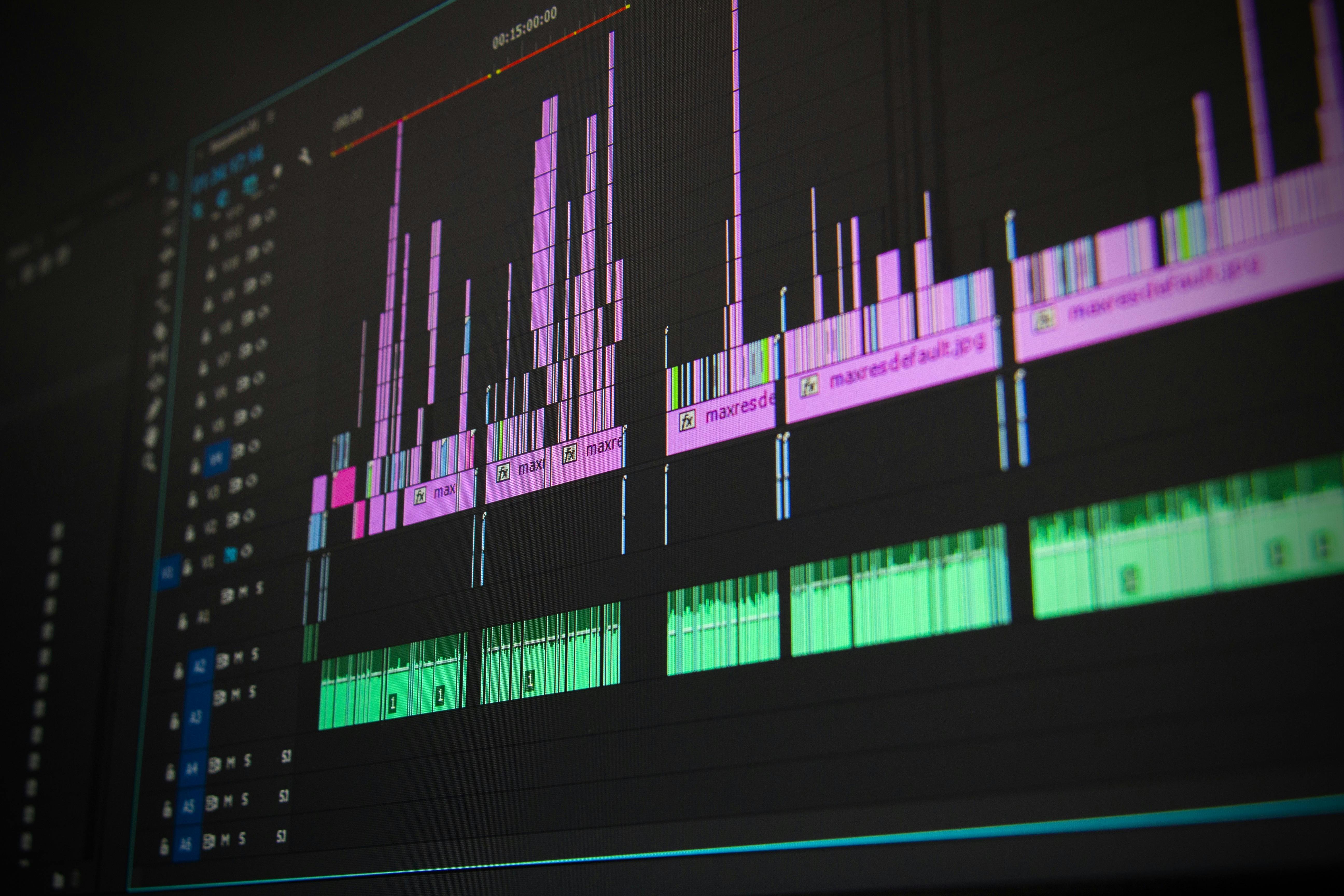Here are some simple steps to learn quick and easy ways to practice piano. The most important step is not amount of time spent practicing but the quality of time (how well you use your practice time).
Remember to visit your piano every day! A little daily practice is much better than nothing! Ready to start?
* Everything versus something
* Chop it up
* Bag it
* Chain it
* Record and play it
FULL PRACTICE VERSUS PART: A song can be practiced as a whole or it can be practiced in pieces. When you first learn a song, it is often more effective to practice a part. Later, when mastering a piece, full practice situations come into play more often. Don’t try to learn a piece all at once; Take it in sections and practice a section until you can do it without mistakes three times. Then go to the next section. Remember the value of taking a section slowly, making sure to play all notes correctly and to count difficult sections. Playing to the tempo comes later when you have the correct notes and rhythm.
CHUNKING: Chunking practice is essentially “partial practice”: taking pieces of a piece and working them individually. Determine the pieces or parts to practice before combining the pieces into the whole. Take chunks of a piece of music and solve them methodically. You won’t do well if you start too fast. Slow down and work at your own pace. After playing it smoothly and evenly, increase your speed!
SANDWICH PRACTICE: This technical practice is used when one wants to definitively master a certain difficult section of a piece. One could break it down many times in a single practice session, intersperse it between compositions or practice segments. The fragment to be learned is reinforced over and over again in a single day of practice, similar to a loop. Remember that repetition is a good thing because you are solving all the mistakes. So keep playing it over and over again!
BACK CHAIN: Practice from the end to the beginning. Take the last step to the first progressively but in reverse order. Learn the last “snippet” or part of a song first, and then learn the next “snippet” followed by the combination of those two parts. Learn from the third to the last section, and then combine all three sections. And so on. Music is often written in an ABA form or in a chorus verse. A very valuable way to know if you have learned a piece is to learn it well enough that you can play either hand independently, starting anywhere in the music.
RECORDING / PLAYBACK PRACTICE: One of the best ways to objectively hear where you are and what to do next is to record and play back your performance. Then listen to the music you just played and practice from the recording. You will perceive what should happen next in practice by objectively listening to your own interpretation.
Learning a new piece of music is very hard work. I have shared information on how to practice playing written music and how to overcome the inability to play a piece on the first try.
I listed 5 easy steps for a beginner just starting out wondering how to practice in a way that makes it more interesting and fun, especially when learning songs like O’Susannah and Camp Town Races! Piano practice was never meant to be boring! I hope these steps add flavor and flavor to your piano practice!



